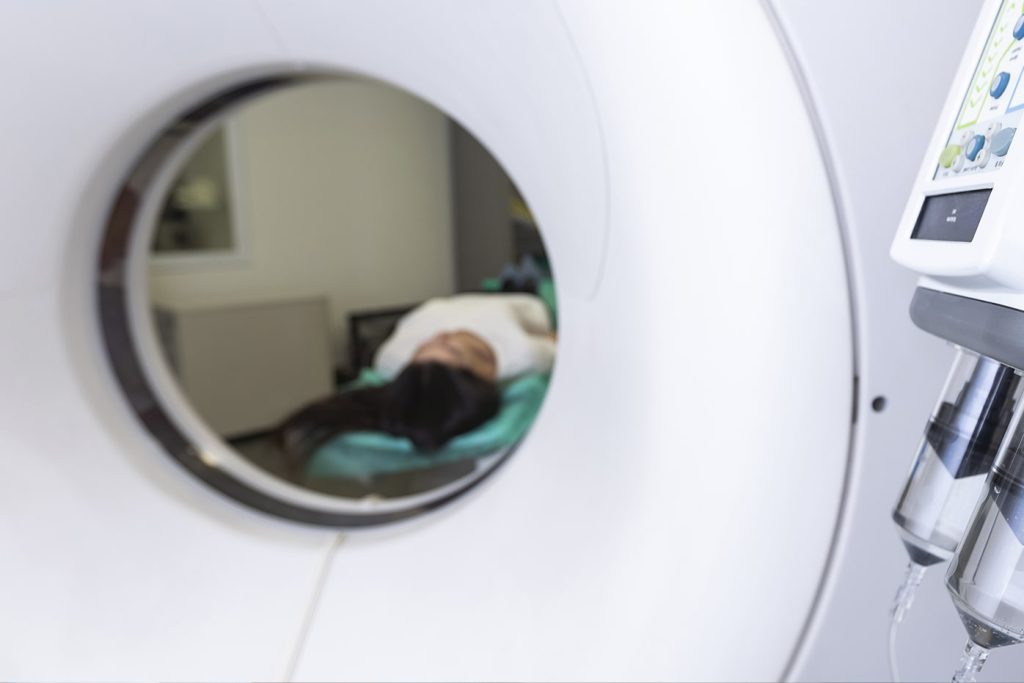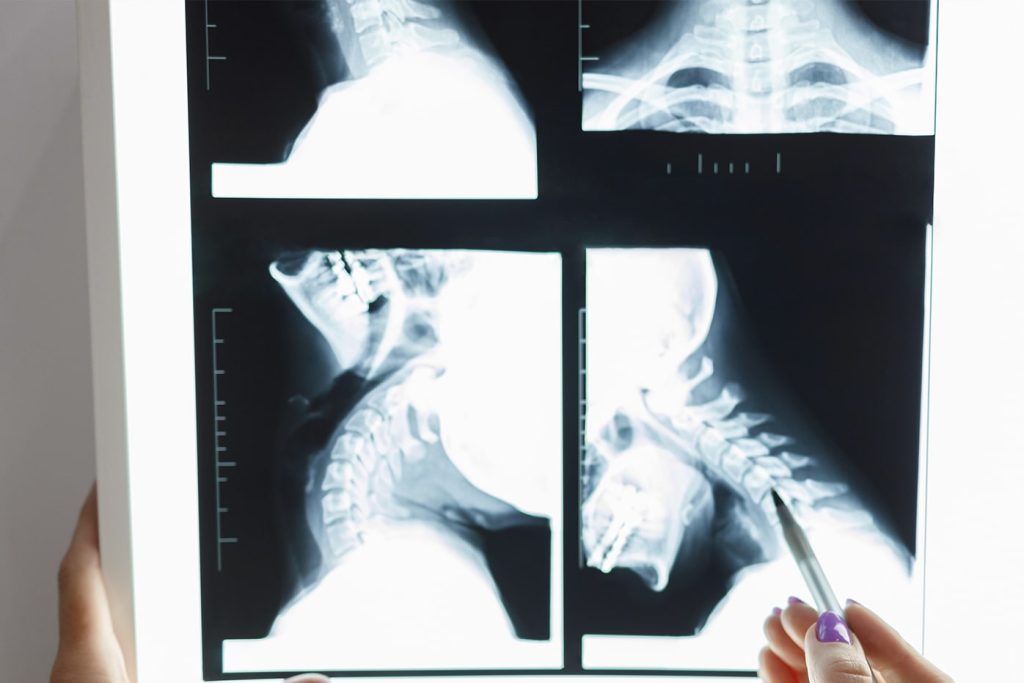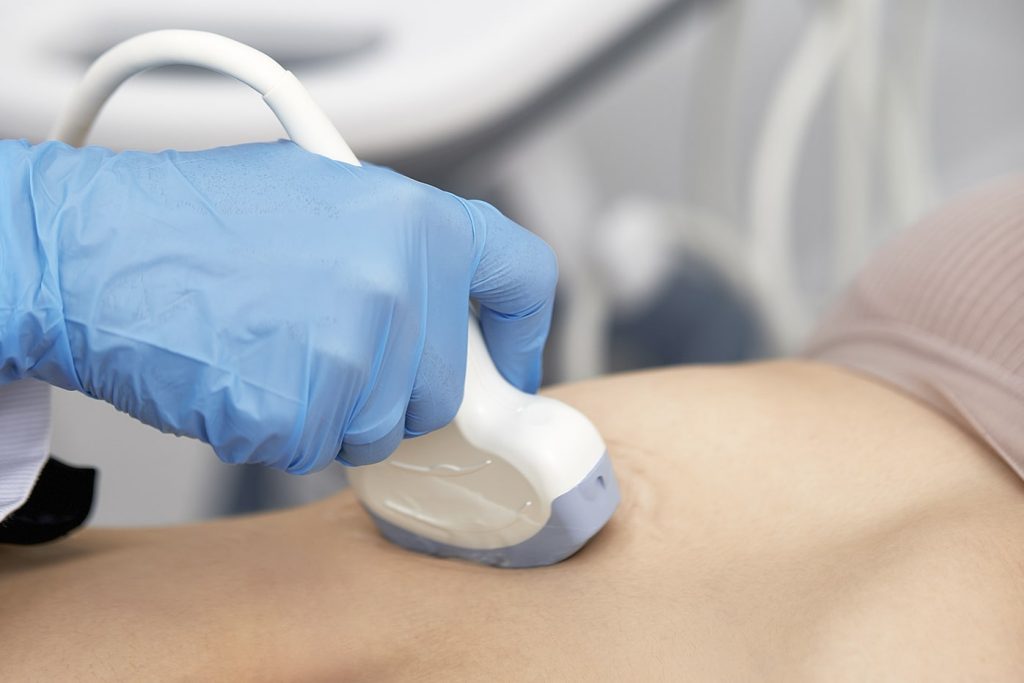Diagnostics
Diagnostic imaging techniques like MRI, CAT scans, X-rays, and ultrasound are crucial in personal injury cases. They provide objective, detailed evidence of injuries, supporting accurate assessments and claims. This aids in determining liability, calculating compensation, and ensuring appropriate medical treatment, ultimately facilitating fair and efficient legal processes.
The UK has a lower density of MRI and CT scanners compared to other developed nations, with approximately 8.6 MRI units and 10 CT scanners per million population. This shortage impacts diagnostic capacity and the timeliness of medical care. Preferential access to sophisticated diagnostics is paramount in time-sensitive cases.
Related Content:
For Instructing Parties:
For Claimants:
As a preferred partner to the UK's leading private medical networks, clinics and specialist service providers, Prime clients benefit from direct access to 100s of locations across the UK at preferential rates.

MRI Scans
MRI (Magnetic Resonance Imaging) uses strong magnetic fields and radio waves to produce detailed images of the body’s internal structures. It is particularly useful for soft tissue evaluation, such as the brain, spinal cord, and joints. Unlike X-rays and CAT scans, MRI does not use ionizing radiation. The resulting images are interpreted based on the contrast between different tissues, aiding in diagnosing conditions like tumors, multiple sclerosis, and torn ligaments.
CAT Scans
CAT (Computed Axial Tomography) scans, also known as CT scans, use X-rays and computer processing to create cross-sectional images of the body. They are widely used for diagnosing bone fractures, detecting tumors, and guiding surgical procedures. Unlike MRI, CAT scans provide detailed images of both bone and soft tissues. The results are interpreted by examining the density differences in tissues, helping in the assessment of complex injuries and diseases.


X-Ray
X-ray imaging uses electromagnetic radiation to capture images of the inside of the body, primarily focusing on bones. It is commonly used to detect fractures, infections, and abnormalities in the chest and abdomen. X-rays differ from MRI and CAT scans by providing less detail on soft tissues. The images are interpreted based on the varying degrees of absorption by different tissues, with denser structures like bones appearing white and less dense areas appearing darker.
Ultrasound
Ultrasound uses high-frequency sound waves to produce images of the body’s internal structures. It is commonly used in obstetrics, cardiology, and for examining organs like the liver and kidneys. Unlike MRI and X-rays, ultrasound does not use radiation. The results are interpreted based on the echo patterns produced by the sound waves as they bounce off tissues and organs, providing real-time images useful for monitoring pregnancies and diagnosing conditions like gallstones and heart issues.

Private Treatement for Faster Diagnosis
Prime Rehabilitation works with 100s of scanning and screening centres across the UK, with no waiting lists, access to leading experts, simple referrals (including self referral) and speedy results. All at competitive rates.

